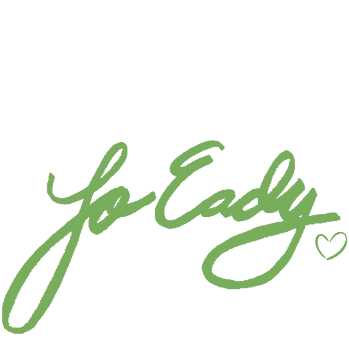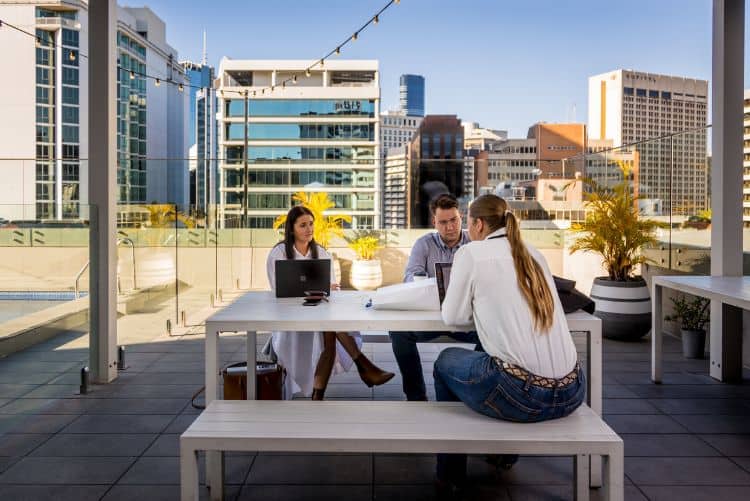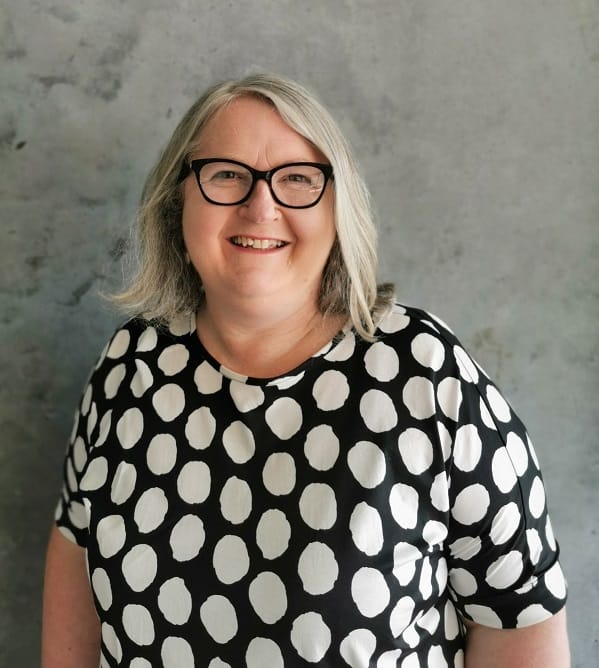There are loads of facilitation tools and techniques available. A key part of your role as a facilitator is to select which to use to achieve the best outcomes. We often use and are often asked about designing sessions based on the principles of The World Café process. We’ll forgive you for thinking it’s just a fresh take on facilitating small group conversations. It’s so so much more. When set up correctly, it provides participants the opportunity to engage fully in a topic of shared interest by waying of answering questions of relevance which can then elevate shared outcome and see actions implemented for social change.
How did The World Café Process Start?
On a rainy morning in 1995, business and academic leaders met in California to talk through some questions that needed answers. People came from different backgrounds, experiences, education etc. The common factor was they all wanted to answer the questions posed. Set up for a large circle conversation the rain had other plans and forced everyone inside. They naturally formed into smaller groups around tables which they draped paper over. They chatted and wrote notes on these makeshift paper “tablecloths”. And individuals moved between groups when they wanted and listened in and returned to their table with ideas and further information. They developed insights, noticed emerging patterns and found themselves having more connected and deeper conversations. Each group answered the question at their ‘table’ and then created the collective response. This contributed to further rounds of rich conversation based on collective intelligence. A new social innovation was born and they called it The World Café.
What are the 7 Steps of The World Café Process
The most successful outcomes of The World Café Process are achieved by working through 7 key steps. Each of these steps is equally important. I encourage you to fully understand these before you plan and facilitate using this process. In fact I suggest you participate in a World Café session before facilitating one. This way you will understand the importance of the space and feel the energy.
Step 1 – Context
There needs to be a purpose for bringing people together and everyone needs to understand what it is. As facilitator, you too need to fully understand the purpose and the context of the moment. The context is about what’s happening for and around the people right now. Take time to clarify this. From this you can work out goals for the session, themes to be discussed and questions to be answered.
Step 2 – Create a Conducive Environment
The space where you host your World Café event is really really important. The space should be inviting and safe. I have found that when people feel comfortable to be their authentic selves they can be creative and commit fully through trust in the process, the facilitator and the other participants. They can also listen and focus more effectively without everyday distractions. As a facilitator how you make an invitation to participate and the physical space and how it welcomes people when they arrive is really important. Participants feel the atmosphere before a word is even spoken.
Step 3 – Create Compelling Questions
Questions are active. They create an expectation of input and involvement. Knowledge is gained, shared and further developed through compelling questions. Your role as facilitator of a World Café is to develop these questions in response to the purpose of why people are meeting and the current context. The questions should carry energy, allow for insight and the suggestion of actions. I have facilitated World Café events in two ways and both work well depending on your time and purpose. The first is providing single questions for one round of discussion. The second is a progressive round of two of three discussion rounds where each time the questions provoke a deeper line of inquiry.
Step 4 – Encourage Contribution
This doesn’t mean setting a timer so that everyone speaks for the same amount of time. Your role as facilitator is to understand and support people to participate and contribute towards an outcome by giving input, sharing ideas and offering their perspective. Encouraging the value of difference is important. For some it could mean listening only. A well set up and trusting environment will allow contribution in different ways and that all are valued.
Step 5 – Set up for New Perspective and Insights
A key aspect of setting up an effective World Café Process is to allow people to move between the discussion tables. This allows people to hear new ideas, share their ideas to other tables and meet and work with more people. In turn, this allows this people to take new ideas back to their original discussion table and by doing so adds stimulus to conversation, perspectives and the chance for new insights to emerge. I have facilitated for this in two ways, the first is to set up so that people can move freely anytime they wish and the second is to set a time for people to move around. I prefer the first as it maintains an informality and allows people to determine their needs and timing and hence supports their increased participation and contribution as a result.
Step 6 – Listen
Listen, listen and listen some more! This is equally important for participants and for you as a facilitator. And it means more than just turning up the volume in your listening. It’s about shared listening and listening for and paying attention to patterns, themes and even repetitive words. These collectively lead to emerging insights and can allow for connections across groups. Listen for connections. And listen as much to what’s being said as to what isn’t too. The quality of listening that people and you as a facilitator bring to the session can really determine its success.
Step 7 – Share and Care
So this one is all about connecting the small table discussions. It’s about revealing a pattern and shared outcomes through connecting the conversations from each table. This is a key role of the participants and you as facilitator. This is the last part of the World Café process. It reveals the collective thinking of the whole room or the combination of all tables. It includes everyone in a large conversation. You have choices as to how to do this. My preferred style is to allow each table to provide a response which I then capture by way of words / themes or questions. The way you “harvest” and “capture” this information us really important. And what you do with it once captured is extremely important.
Over to You
If you haven’t added the World Café process to your facilitation tool box yet, then please do. As I said earlier participate in one first before you facilitate as this will give you confidence to set it up and facilitate to encourage the best outcomes. And if you are keen to check out The World Café more then Click Here.
Until next time!



